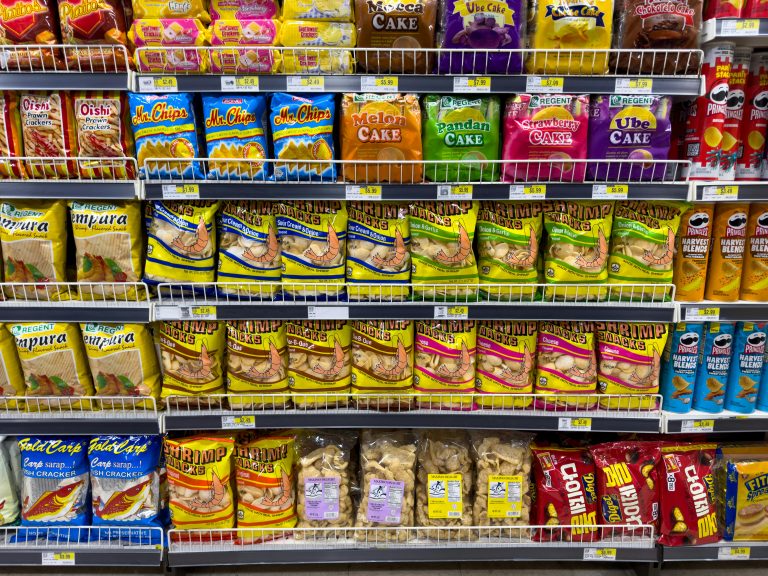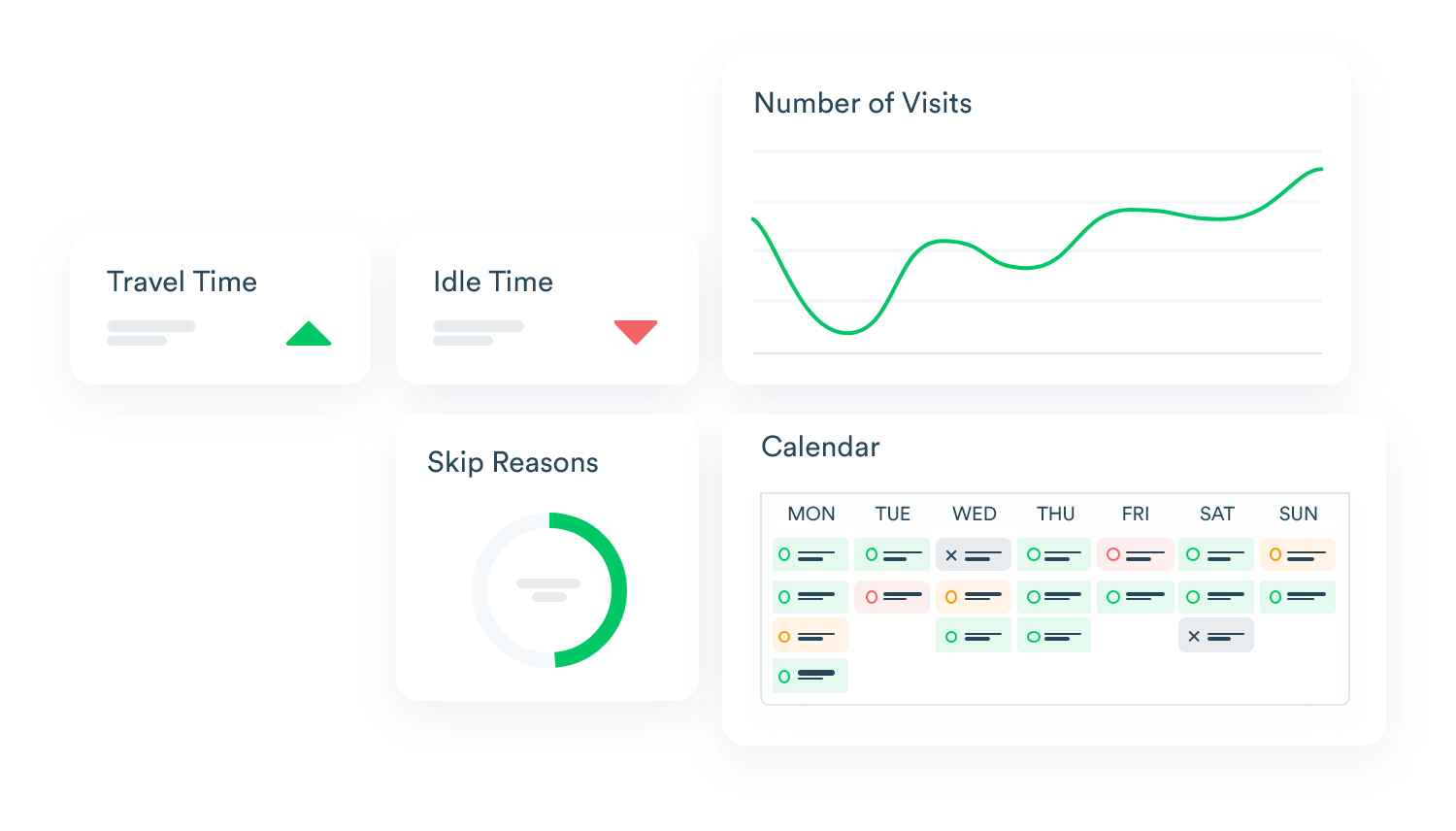Trade Promotion Pitfalls (and How to Avoid Them)
In the competitive retail landscape, trade promotions play a crucial role in driving sales and increasing market share for brands. These promotions, which often include discounts, special offers, and incentives for retailers, are designed to attract consumer attention and encourage purchases.
However, the path to a successful trade promotion is filled with potential pitfalls that can undermine their effectiveness. Without careful planning and execution, promotions can result in wasted resources, such as funds allocated to ineffective campaigns, and missed opportunities, including failing to capitalize on consumer demand.
This article will delve into common trade promotion pitfalls. It will also provide actionable solutions to avoid these challenges, ensuring that brands can maximize the impact of their trade promotions and achieve their sales goals.
Common Pitfalls in Trade Promotions
Overly Complex Promotions
By understanding the intricacies of trade promotions, retailers can navigate the complexities of the market more effectively and stay ahead of the competition. With that said, it’s about keeping it simple as complex promotions can confuse both customers and sales teams, leading to poor execution and customer dissatisfaction.
When a trade promotion involves multiple steps or has unclear terms, it can significantly deter customers from participating in the offer. This confusion not only hampers customer engagement but also leads to frustration among sales teams, who find it increasingly challenging to explain the intricacies and nuances of the promotion. As customers become wary of the complexities involved, they may lose interest altogether, adversely affecting sales and the overall effectiveness of the marketing strategy.
Lack of Data-Driven Decision-Making
Trade promotions based on guesswork, intuition or mere estimations rather than data often fail to meet their objectives, leading to wasted resources and missed opportunities. In today’s competitive landscape, where consumer preferences and market dynamics are constantly evolving, relying on empirical evidence becomes crucial. Without a solid foundation of data-driven insights, businesses find it increasingly challenging to identify the most effective promotional strategies. Moreover, this lack of clarity makes it difficult to optimize ongoing campaigns, as companies may struggle to understand what resonates with their target audience.
Poor Retail Execution
Even the best-planned promotions can fall flat without proper retail execution, which is crucial for translating marketing strategies into actual sales. Common issues, such as incorrect shelf placement and lack of promotional display can prevent products from being seen by customers, effectively diminishing the promotion’s visibility.
Additionally, insufficient stock levels can lead to missed sales opportunities, as customers may turn to competitors if their desired items are unavailable. Furthermore, a lack of in-store visibility—such as inadequate signage or insufficient promotional displays—can significantly hinder consumer engagement and awareness. Addressing these factors is essential for maximizing the success of any promotional effort and ensuring that marketing plans translate effectively into increased foot traffic and sales.
Inability to Measure Promotion Success Accurately
Accurate measurement of promotion success is crucial for continuous improvement in any organization. It allows businesses to refine their strategies, allocate resources more effectively, and ultimately drive better results. Many companies struggle to track key performance indicators (KPIs) such as sales lift, return on investment (ROI), and Net Promoter Score (NPS). Without a clear understanding of these metrics, businesses may miss opportunities for growth and fail to identify which promotional efforts are truly resonating with their customers. By implementing robust tracking methods and analytics, companies can gain valuable insights into their trade promotions and make data-driven decisions that enhance their future marketing efforts.
How to Avoid Trade Promotion Pitfalls
Use Retail Execution Solutions (if you aren’t yet)
Retail execution solutions provide comprehensive tools designed to streamline field data collection and offer real-time analytics, ensuring that promotions are executed flawlessly in-store. These solutions enable businesses to monitor the effectiveness of their trade promotion campaigns closely through advanced features that facilitate a team’s progress from execution to reporting. Many features for executing, tracking, monitoring and reporting.
Implement Trade Promotion Features
Trade promotion features (that are usually found in the aforementioned retail execution solutions) enable better planning, execution, and tracking of promotional activities. Ideal platforms are usually integrated to create effective campaigns, analyze customer behavior, and monitor trade promotion performance. This leads to more informed decision-making and improved promotional outcomes.
Incorporate Customer Feedback and NPS Scores
Customer feedback and NPS scores are invaluable for refining future trade promotions. Regularly collecting and analyzing this data allows businesses to understand what resonates with their customers and make necessary adjustments. Tools like Shelvz can help gather and interpret this feedback through market intelligence, providing actionable insights.
Like what your reading?
Take a moment to subscribe before continuing and never miss out on exclusive insights, news, and case studies.
How Modern Tools Can Improve Your Trade Promotions
Retail Solutions offer a comprehensive suite of tools and features meticulously designed to enhance your trade promotions and drive sales effectively. With cutting-edge real-time analytics, you can gain immediate insights into the performance of each promotion, enabling swift and informed adjustments that optimize outcomes for your business.
Such platforms also include shelf availability audits, which ensure that your products are always in stock and strategically positioned to capture maximum customer interest, thereby improving visibility and sales potential. You should also have access to detailed dashboards and customizable reports that provide valuable market intelligence, allowing you to visualize campaign data with clarity and understand the prevailing market trends that affect your strategies.
In addition to these features, look for ones that excel in promoter management, which streamlines the work of merchandisers and promoters alike. This functionality ensures consistent and effective execution of promotions across all retail locations, enhancing coordination and ultimately leading to better results in your trade marketing efforts.
Overall, Shelvz contains all of the above and can empower businesses to make data-driven decisions and maximize the effectiveness of their trade promotions through all the steps of planning, executing, monitoring, reporting and repeating.
Conclusion
Tu sum things up: Avoiding trade promotion pitfalls is essential for achieving desired outcomes and maximizing ROI since promotions are a great asset to boost your overall sales and improve your positioning in a market. While it is a challenging task to uphold, utilizing advanced retail execution and trade promotion solutions, incorporating customer feedback, and making data-driven decisions can significantly enhance the success of your promotional activities while facilitating the work of those responsible of implementing them.
Wanna take it to the next step and start applying what was mentioned in this article?
Book your demo with Shelvz to see how our solutions can transform your trade promotions and drive better results.



